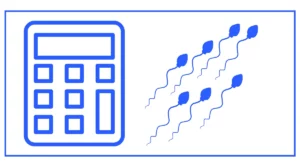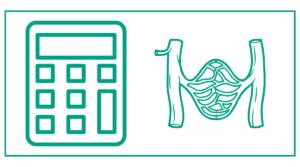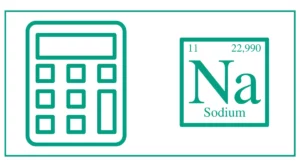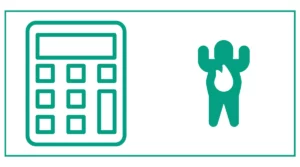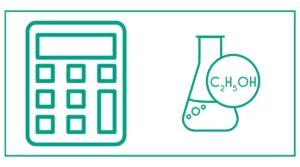Calories Burned By Heart Rate Calculator
Calories Burned:
This calculator has been designed to help you calculate the number of calories burned by heart rate.
Choose your gender, and enter VO2 max ( if you know it). Otherwise, select unknown. Enter your age, weight, exercise duration, and heart rate.
With intense exercise, your heart beats faster to oxygenate your muscles. As we burn five calories per liter, oxygen intake burns more calories. While a higher resting heart rate isn’t desirable, increasing heart rate during exercise may increase fitness.
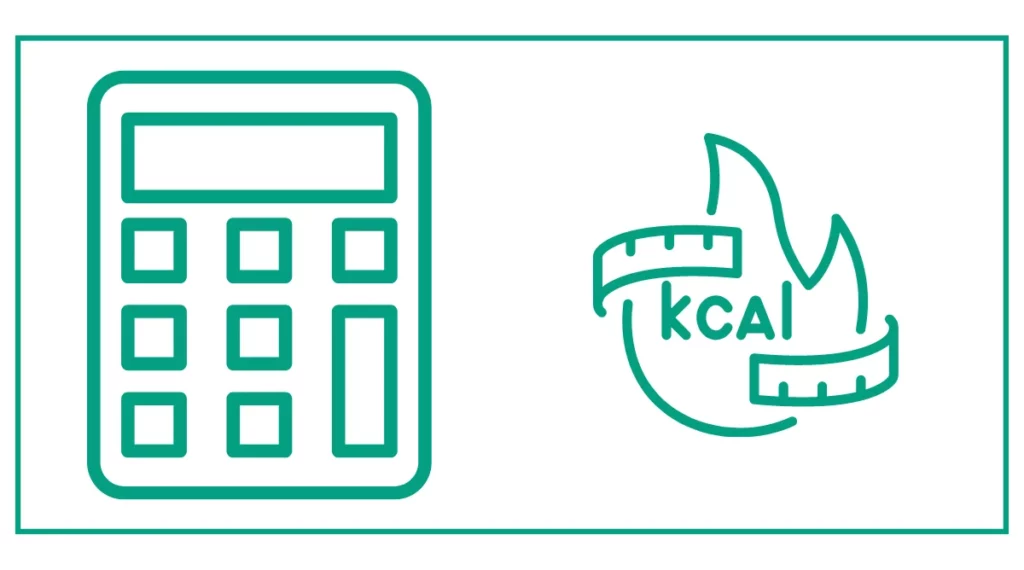
In today’s health-conscious world, understanding how many calories you burn during exercise is crucial for achieving your fitness goals. One effective way to estimate calorie burn is by using your heart rate. This guide will explore the concept of calories burned by heart rate and introduce you to a helpful calculator that can assist you in tracking your calorie expenditure.
Understanding the Relationship Between Heart Rate and Calorie Burn
Your heart rate is a key indicator of how hard your body is working during physical activity. As your heart rate increases, so does your calorie burn. This relationship forms the basis of our calories burned by heart rate calculator.
How Heart Rate Affects Calorie Burn
When you exercise, your body requires more energy to fuel your muscles and organs. This increased energy demand leads to a higher heart rate as your cardiovascular system works harder to deliver oxygen and nutrients throughout your body. The more intense the activity, the higher your heart rate, and consequently, the more calories you burn.
Factors Influencing Calorie Burn
While heart rate is a significant factor in determining calorie burn, it’s not the only one. Other important elements include:
- Age
- Gender
- Weight
- Duration of exercise
- Fitness level (VO2 max)
Our calculator takes these factors into account to provide a more accurate estimate of your calorie burn.
How to Use the Heart Rate Based Calorie Burn Calculator
Using our calculator is straightforward. Follow these steps to calculate your calorie burn:
- Select your gender from the dropdown menu.
- Choose whether you know your VO2 max (a measure of your cardiorespiratory fitness).
- If you know your VO2 max, enter it in the appropriate field.
- Input your age in years.
- Enter your weight in kilograms.
- Specify the duration of your exercise in minutes.
- Input your average heart rate during the exercise in beats per minute (bpm).
- Click the “Calculate” button to see your estimated calorie burn.
The calculator will then display the number of calories burned based on the information you provided.
Understanding Your Results
The calculator estimates the number of calories burned during your exercise session. For example, if the result shows “Calories Burned: 300,” it means you’ve burned approximately 300 calories during your workout.
Keep in mind that this is an estimate based on general formulas. Individual results may vary due to factors like metabolism, body composition, and the specific type of exercise performed.
Maximizing Your Calorie Burn
Now that you understand how to calculate your calorie burn, let’s explore some strategies to maximize it:
Target Heart Rate Zones
To burn more calories, aim to exercise within specific heart rate zones. These zones are typically calculated as a percentage of your maximum heart rate (MHR). Here’s a general guide:
- Fat Burning Zone: 50-70% of MHR
- Aerobic Zone: 70-80% of MHR
- Anaerobic Zone: 80-90% of MHR
Working out in higher zones will burn more calories per minute, but it’s also more challenging to sustain for long periods.
High-Intensity Interval Training (HIIT)
HIIT involves alternating between short bursts of intense activity and periods of lower-intensity exercise or rest. This type of workout can significantly increase your calorie burn both during and after exercise due to the “afterburn effect.”
Incorporate Strength Training
While our calculator focuses on cardiovascular exercise, don’t forget about strength training. Building muscle can increase your resting metabolic rate, helping you burn more calories even when you’re not exercising.
Practical Applications of the Calorie Burn Calculator
Understanding your calorie burn can be beneficial in several ways:
- Weight Management: By knowing how many calories you’re burning, you can better balance your energy intake and expenditure for effective weight control.
- Fitness Goal Setting: Use the calculator to set realistic calorie-burning goals and track your progress over time.
- Workout Planning: Adjust your exercise intensity or duration to meet specific calorie-burning targets.
- Nutritional Planning: Align your calorie intake with your exercise output for optimal performance and recovery.
Limitations and Considerations
While our heart rate based calorie burn calculator is a useful tool, it’s important to understand its limitations:
- Estimates, Not Exact Measurements: The calculator provides an estimate based on general formulas. For more precise measurements, consider using specialized equipment like indirect calorimetry devices.
- Individual Variations: Factors like genetics, body composition, and fitness level can affect calorie burn but aren’t accounted for in the calculator.
- Exercise Type: The calculator doesn’t differentiate between types of exercise. Activities like swimming or cycling might have different calorie-burning rates compared to running at the same heart rate.
- Health Conditions: Certain medications or health conditions can affect heart rate and calorie burn. Always consult with a healthcare professional if you have any concerns.
Conclusion
The calories burned by heart rate calculator is a valuable tool for anyone looking to understand and optimize their calorie burn during exercise. By considering factors like age, gender, weight, and heart rate, it provides a reasonably accurate estimate of your calorie expenditure.
Remember, while calorie burn is important, it’s just one aspect of a healthy lifestyle. Combine your calorie-burning efforts with a balanced diet, adequate rest, and a variety of exercise types for the best overall health and fitness results.
Whether you’re just starting your fitness journey or you’re a seasoned athlete, understanding your calorie burn can help you make informed decisions about your workouts and nutrition. Use this calculator as a guide, but always listen to your body and consult with fitness or healthcare professionals when needed.
Keep track of your progress, celebrate your achievements, and most importantly, enjoy the journey to a healthier, fitter you!
You might be interested in finding calories burned by walking, Jump rope, or swimming.
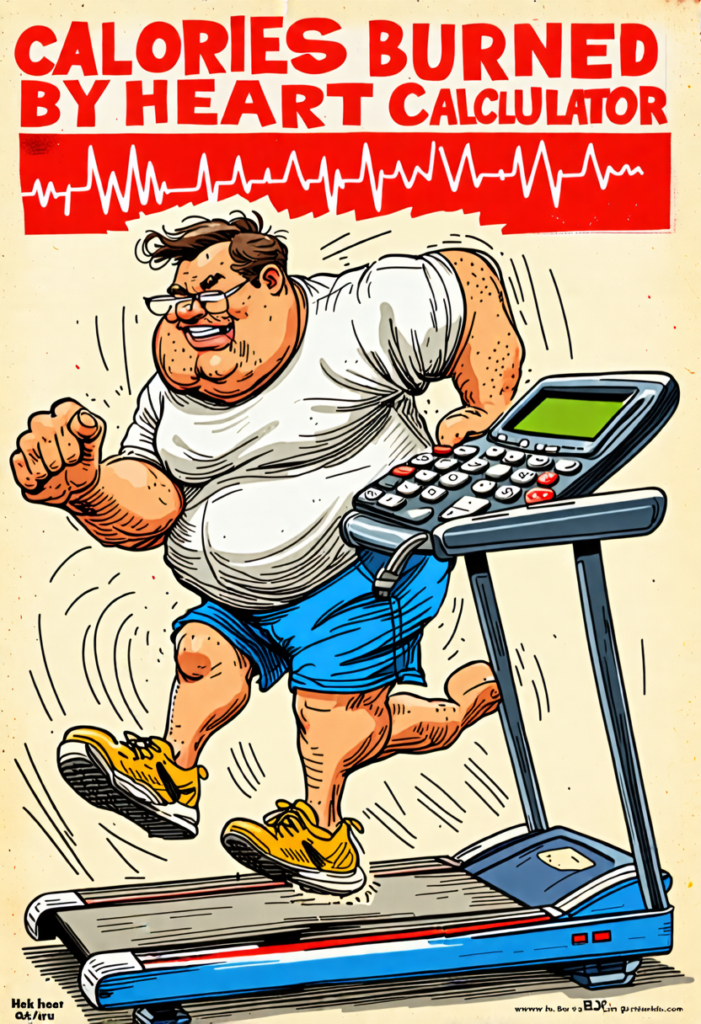
References
LR Keytel, JH Goedecke, TD Noakes, H Hiiloskorpi, R Laukkanen, L van der Merwe & EV Lambert (2005) Prediction of energy expenditure from heart rate monitoring during submaximal exercise, Journal of Sports Sciences, 23:3, 289-297, DOI: 10.1080/02640410470001730089
Fleg, J. L., & Lakatta, E. G. (1988). Role of muscle loss in the age-associated reduction in VO2 max. Journal of applied physiology, 65(3), 1147-1151.
